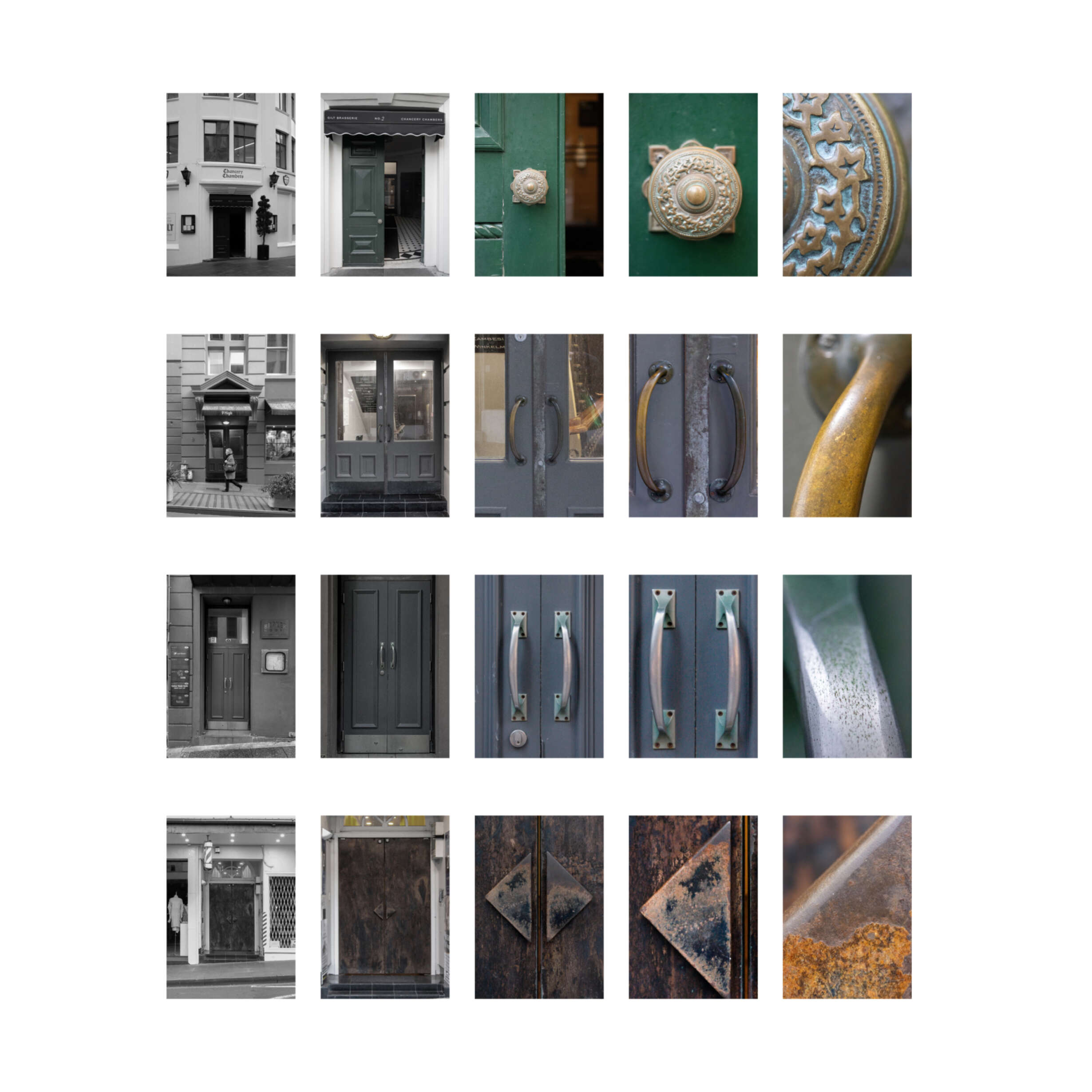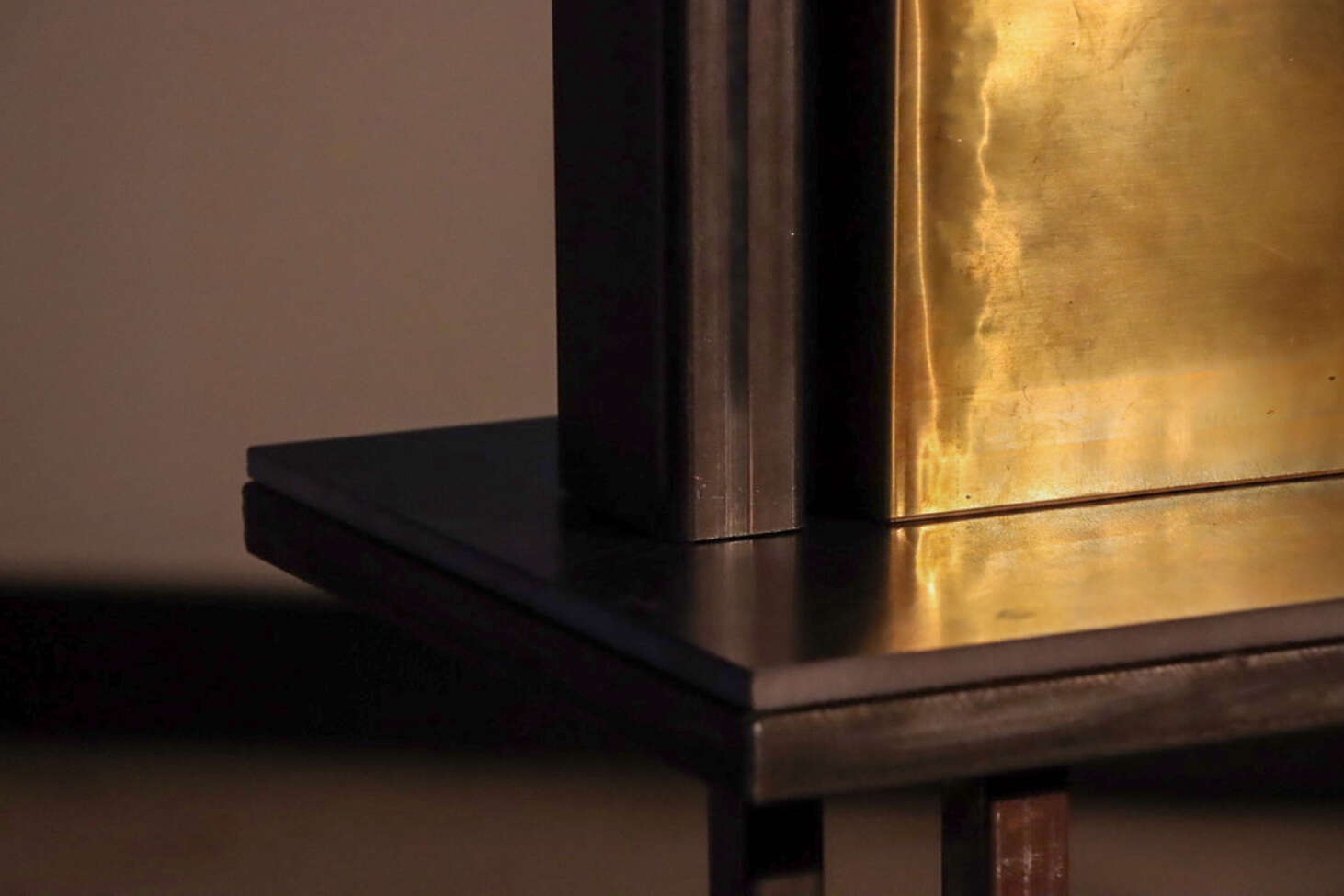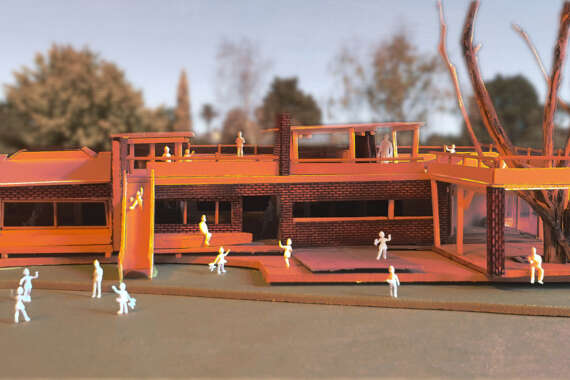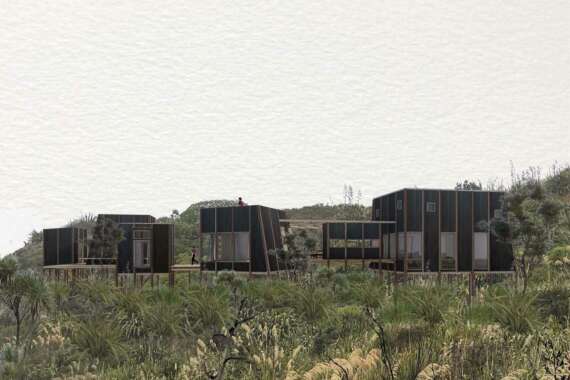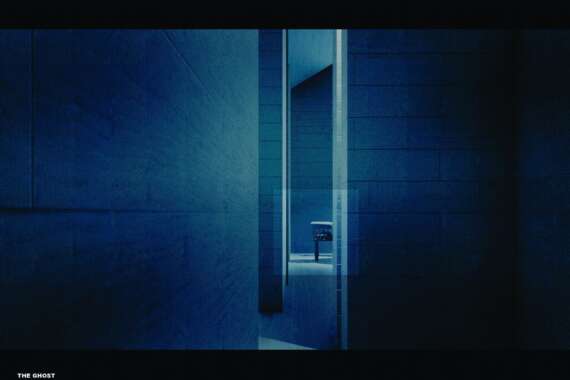Like you, I am here

'Like you, I am here' is a close reading of the spatial traces we passively leave behind through our everyday activities and examines the value of these accumulative traces.
Our inhabited spaces serve as a container for our repetitive, habitual activities. They can reaffirm our lived experiences and existence and act as a protective shelter and agent from our existential fears and anxieties.
This thesis explores the trace, a byproduct of a haptic relationship between the fabric of architecture and our lived every day, as a tangible expression of time that has the ability to give us a sense of place, belonging and connection.











